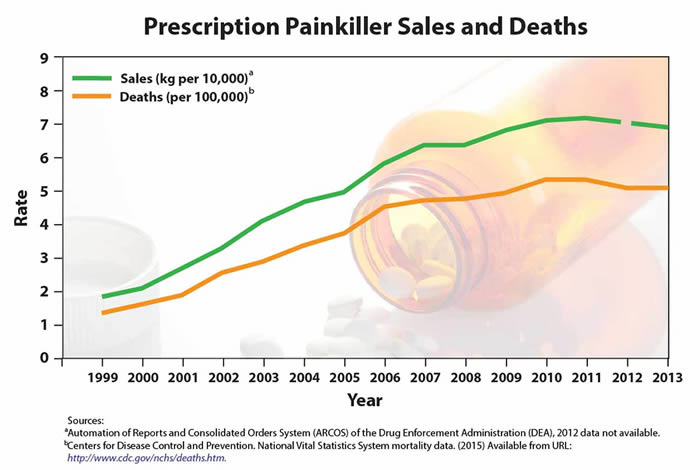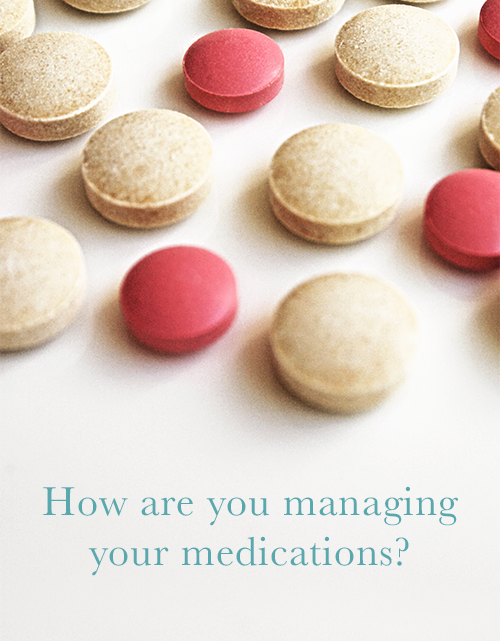Over the past 25 years, there has been a significant increase in the use of prescription painkillers and a subsequent rise in fatal overdoses. There were 259 million prescriptions written for opioids in 2012 alone. Despite the large number of opioids being prescribed, pain is still not being managed properly. Generally speaking, is there an overprescription of opioids? The increasing non-medical use of opioids is an epidemic. There are approximately a half million adolescents who are current non-medical users of opioids, and these are just the reported findings.
There appears to be a plateau in both prescriptions and overdoses from pain medications as of 2009, but it is important to note the recent spike in heroin use. The change in this usage pattern can ultimately be attributed to an overall increased awareness of the dangers of painkillers, the various state prescription monitoring programs implemented over the last 10 years, as well as the relatively low cost and availability of heroin. These programs link together health care providers, law enforcement, health departments, health licensure boards, state insurance programs such as Medicaid, and pharmacies. The goal is to spot trends and create programs that limit illicit use of prescription opioids.
Prescription drugs such as oxycodone, morphine, and hydrocodone are the opioids that typically lead to heroin use. In many cases, patients with legitimate pain issues become addicted, and non-medical use continues post treatment. There is also a trend in sharing, stealing, or selling prescription opioids that creates a black market of illicit use of these drugs. We are all too aware of the horrors of opioid addiction on individuals and their loved ones families, as well as the cost to society in combating this scourge; it is estimated that substance abuse costs Americans over $600 billion each year.
While monitoring programs can be helpful, there is more to be done to educate both prescribers and patients. The Centers for Disease Control (CDC) recently posted proposed guidelines for prescribing opioids for chronic pain in the hopes to better use pain relief medication and limit abuse. Key methods include using non-pharmacologic or non-opioid medications whenever possible, establishing patient treatment plans (a patient-centered approach), and continuing health care provider monitoring. When opioids are the only option, it is crucial that prescribers makes sensible selections for their patients and follow up with them.
SUBSCRIBE






